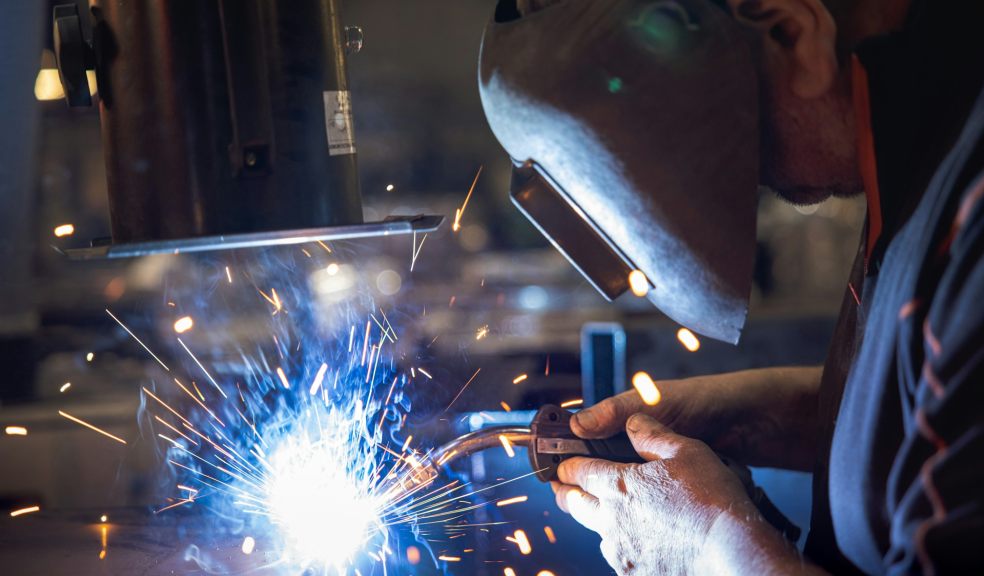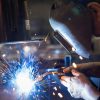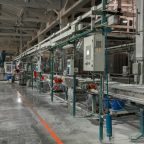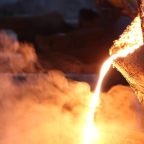
How Manufacturers Are Pushing the Boundaries of Laser Welding
The global market for laser welding machines is on a steep growth trajectory, projected to rise from $2.8 billion in 2025 to nearly $4.7 billion by 2035. This growth is fueled by demands for higher precision, increased automation, and the ability to work with new and challenging materials.
For manufacturers, the stakes are clear: adapt and innovate, or risk being left behind. From smarter optics and AI-powered monitoring to compact, mobile systems, laser welding machine manufacturers are reshaping what’s possible in precision joining. This article explores the key innovations driving that change and what they mean for the future of manufacturing.
Enhanced Beam & Optics Control
Adaptive Beam Shaping & Variable Optics
Modern systems now feature real-time beam shaping—the ability to dynamically alter the beam profile to suit different materials or geometries. With deformable optics correcting distortions, manufacturers can achieve more uniform focus and consistent weld quality.
Multi-Focus, Multi-Spot & Line Beams
Splitting one laser into multiple focal points or line beams allows welders to increase throughput without sacrificing precision. Switching between spot and line modes also adds flexibility in handling different joint configurations.
Smarter Process Control & AI Integration
Reinforcement Learning in Action
Instead of relying on static power settings, some machines use reinforcement learning to adapt in real time to surface variations. Tests show this can boost performance by up to 23%, cutting defects and improving consistency.
Machine Learning & Multi-Sensor Fusion
AI models now analyze combined data from spectrometers, acoustic sensors, and thermal cameras to detect beam offsets or penetration depth errors. The result? Closed-loop systems that correct issues instantly and reduce scrap.
Hybrid Optical Sensors
Next-gen probes combine triangulation and pyrometry to measure melt pool distance and thermal emission simultaneously, creating smarter inline monitoring tools for quality assurance.
Hybrid & Novel Welding Modalities
Laser-Arc Hybrid Welding
By combining laser precision with arc welding’s gap-bridging ability, hybrid systems deliver deeper penetration and more flexibility across varying materials.
Transmission & Through-Material Welding
Recent demonstrations show lasers welding semiconductors like silicon via transmission methods, paving the way for advanced electronics and optoelectronics applications.
Micro & Ultrafast Welding
Ultrafast lasers (picosecond and femtosecond pulses) are revolutionizing delicate fabrication by delivering welds with virtually no thermal side effects—critical for microelectronics and medical devices.
Compact, Air-Cooled & Mobile Developments
As industries look for flexible solutions, manufacturers are focusing on air-cooled, portable units that eliminate bulky water-cooling infrastructure. Compact rack-mounted modules and handheld welders allow on-site deployment, expanding the range of applications from workshops to remote field repairs.
Automation, Robotics & Smart Factory Integration
Robotic Integration & Collaborative Welding
Laser welding is increasingly embedded into robotic arms and production lines, enabling multi-axis precision and consistent results in complex geometries.
Intelligent Welding Systems (IWS)
IoT-enabled machines now transmit data to the cloud for predictive maintenance and process coordination. This transforms welders into intelligent systems that self-optimize in real time.
Simulation & Digital Twins
Digital twin modeling and advanced simulation accelerate process design, reducing development time and predicting outcomes with greater accuracy.
Material & Application Innovations
Tackling Challenging Materials
Advancements in beam delivery and control have expanded capabilities for welding aluminum, magnesium, and copper—materials once considered too reflective or thermally demanding.
Micro & Emerging Domains
Applications in MEMS, medical devices, and additive manufacturing highlight the growing versatility of laser welding across industries.
Quality Assurance Standards
New inline inspection tools, coupled with stricter certifications such as ISO 3834, ensure consistency and compliance in critical micro-scale applications.
Challenges, Risks & Considerations
Despite progress, challenges remain:
- Balancing throughput with precision in different industries
- Ensuring AI models generalize across varied materials and surfaces
-
Managing integration costs and the need for specialized training
Manufacturers must weigh these factors carefully to align investment with business outcomes.
How Laser Welding Machine Manufacturers Like Denaliweld Can Leverage These Innovations
Companies such as Denaliweld are already moving toward the future of welding by adopting:
- Adaptive optics for beam control and precision
- AI-driven process monitoring for higher consistency
- Compact, air-cooled designs that improve mobility and reduce complexity
-
Modular upgrades that extend the lifespan of equipment
By aligning innovation with user needs—simplicity, reliability, and flexibility—ensure their systems remain competitive in a rapidly evolving market.
Conclusion
Laser welding is in the midst of a technological transformation. Advances in AI, optics, hybrid modalities, and compact systems are reshaping how industries approach precision manufacturing.
For businesses, the opportunity lies in leveraging these breakthroughs to stay competitive, efficient, and future-ready. With leaders embracing these innovations, the next generation of laser welding machine manufacturers is well positioned to drive both productivity and quality to new heights.

















